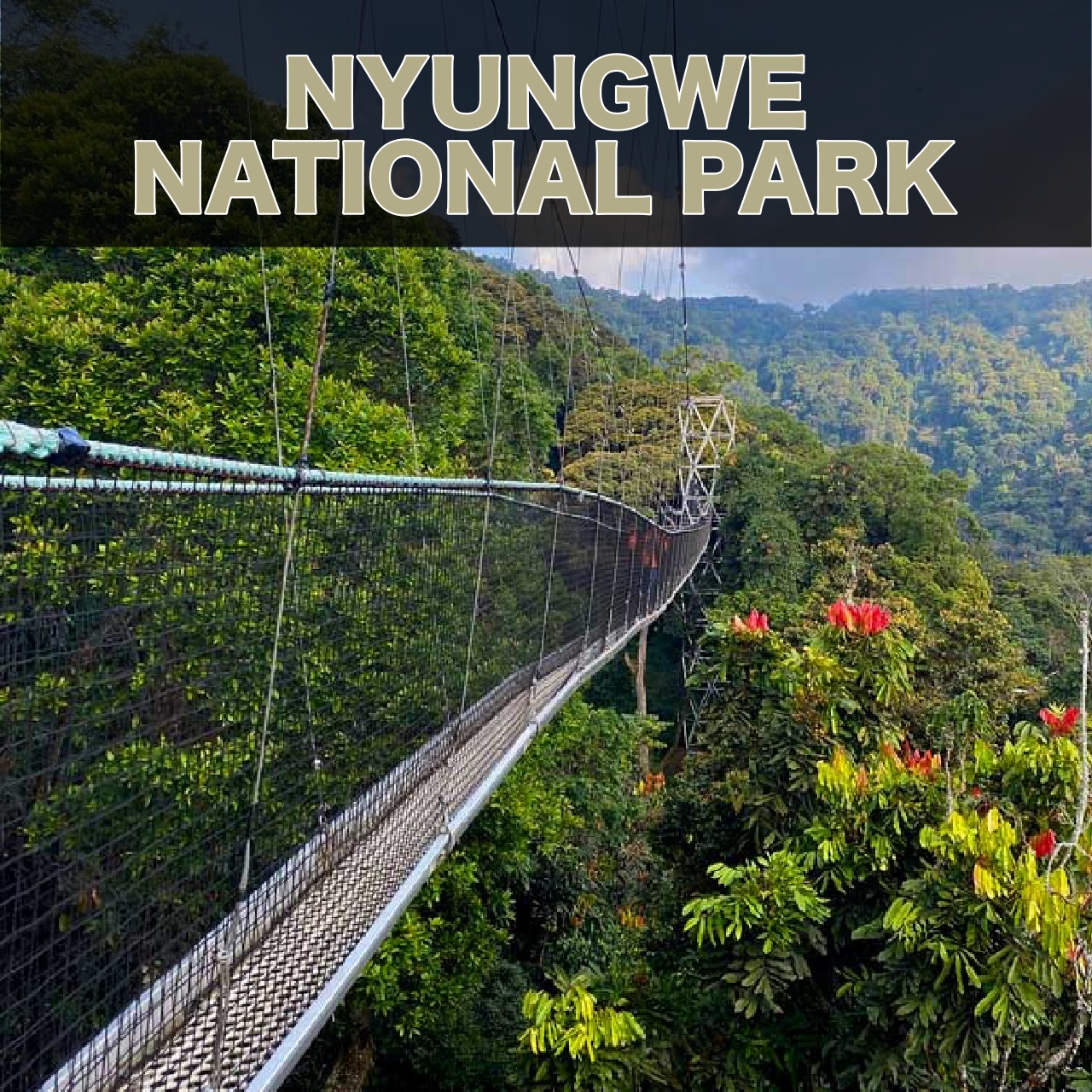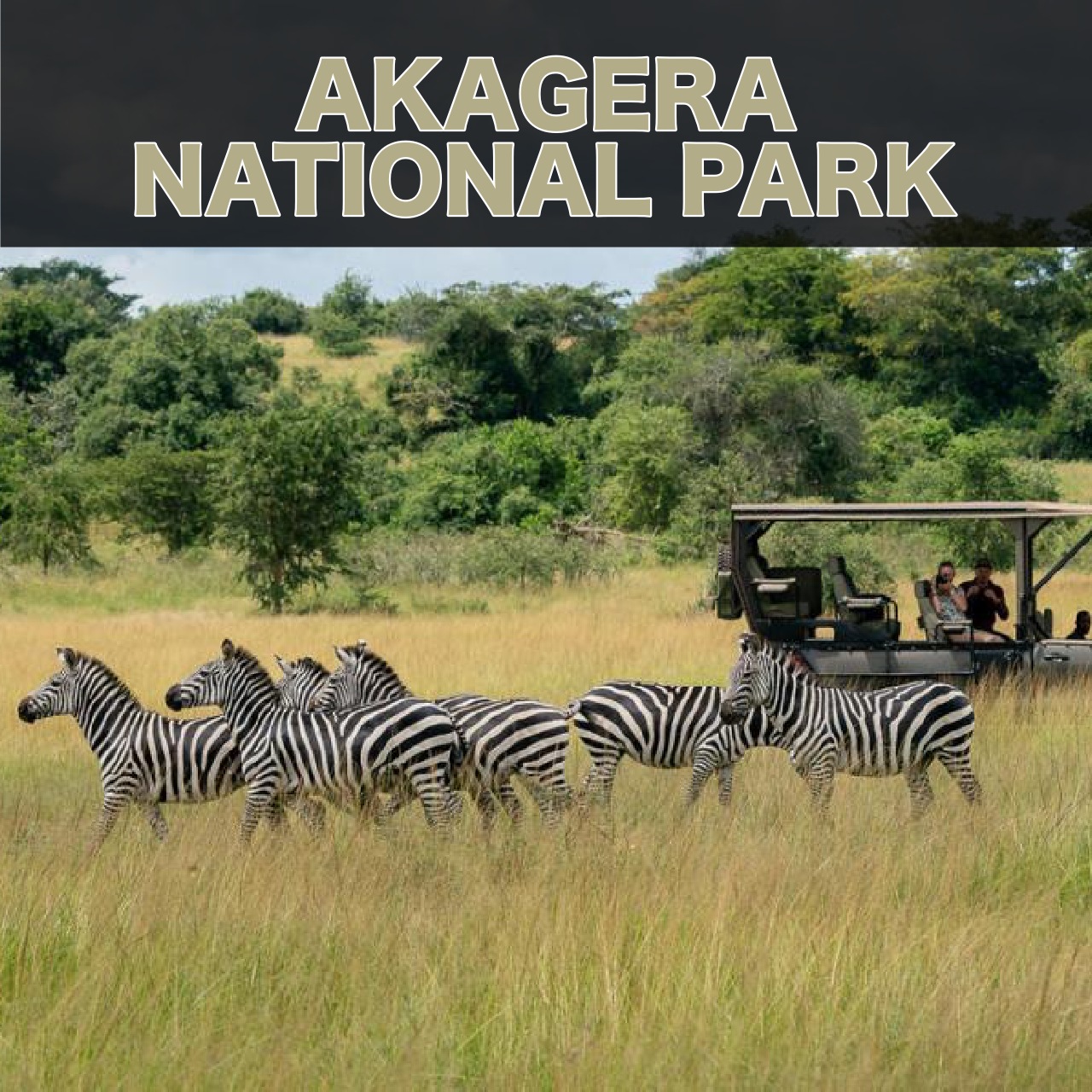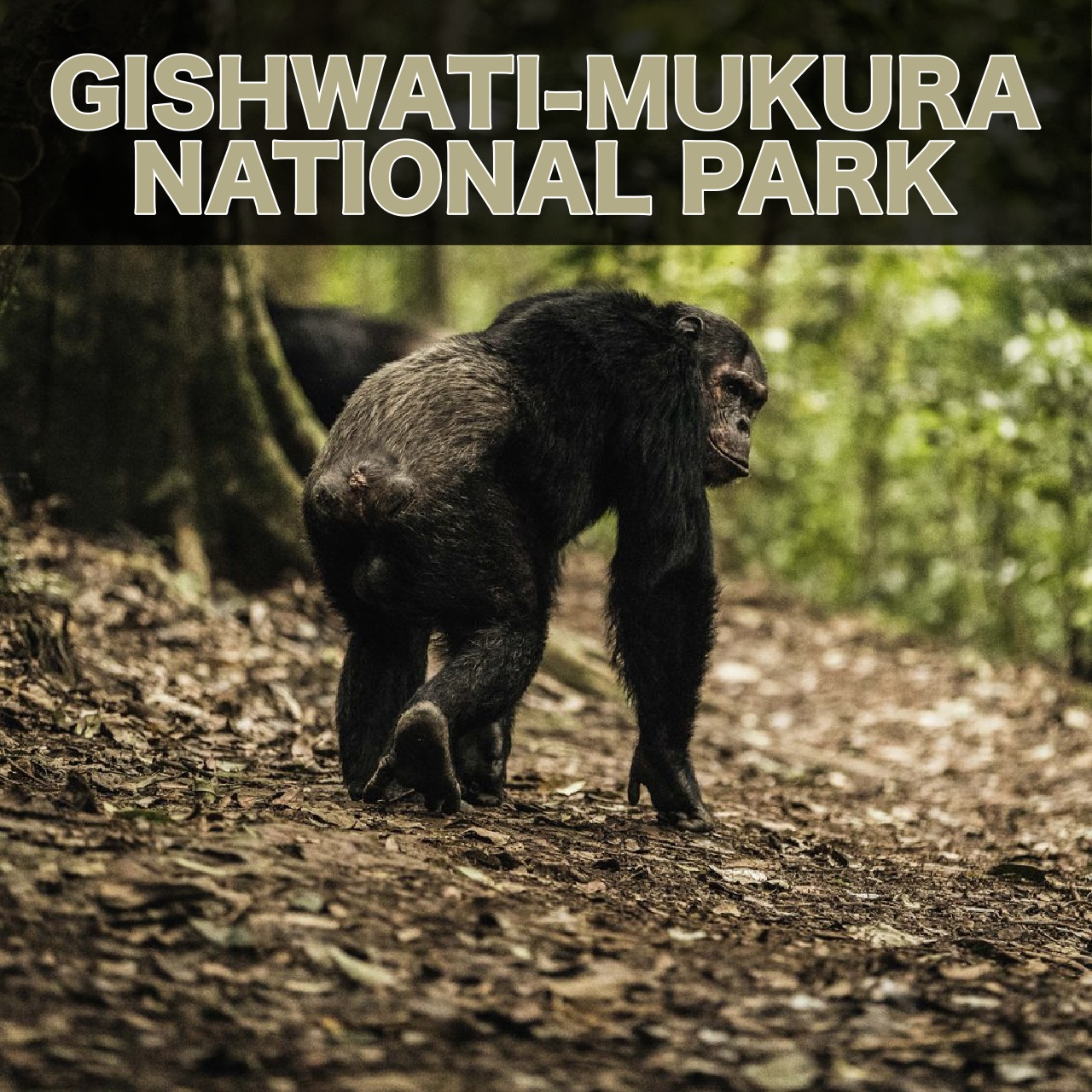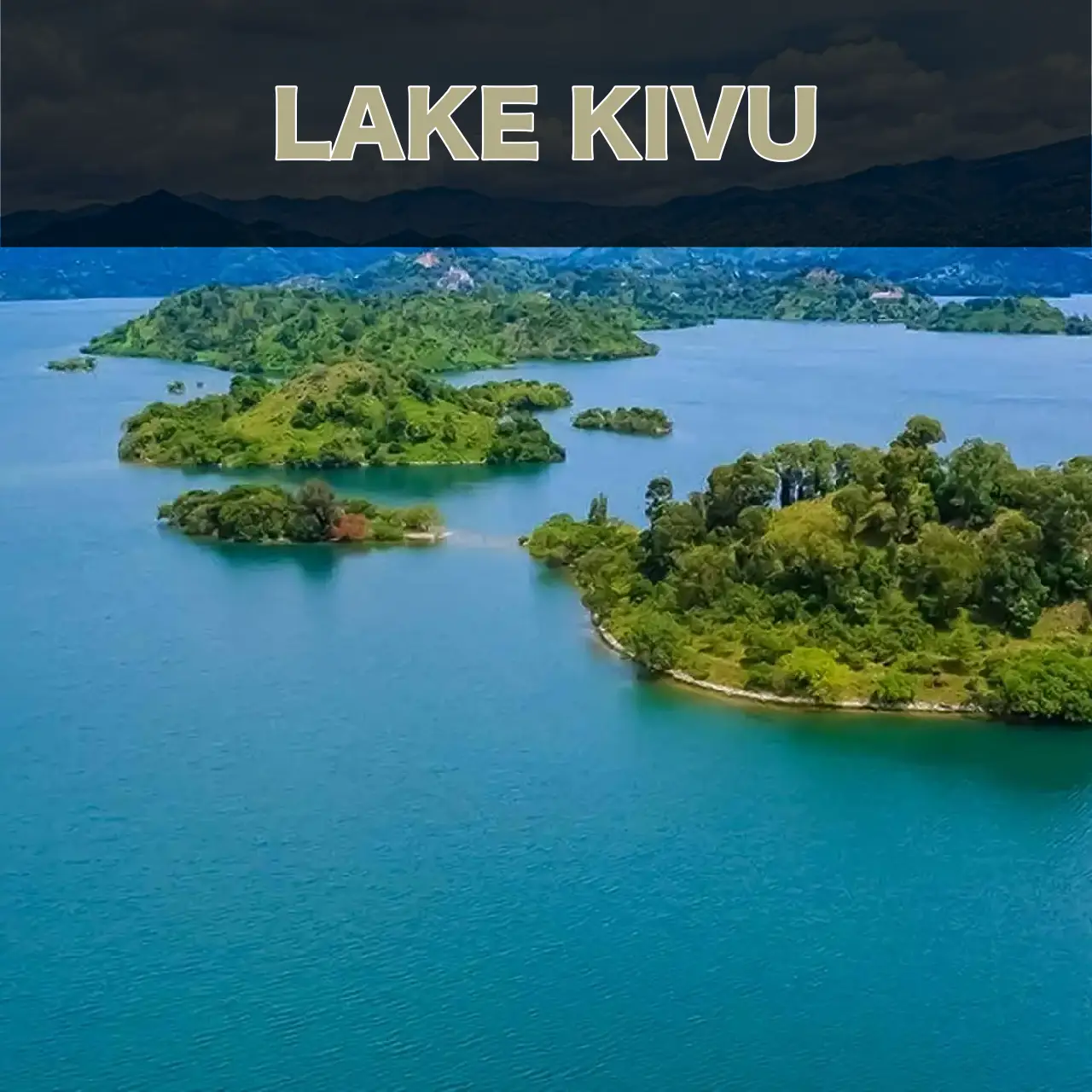RWANDA
RWANDA - The Land of a Thousand Hills
The “Land of a Thousand Hills,” Rwanda, is among Africa’s prime tourist destinations that attract millions of people to explore its fabulous landscapes, rich cultures, and biodiversity. Rwanda is a landlocked country in East Africa, sharing its border with Tanzania to the east, the Democratic Republic of Congo to the west, Uganda to the north, and Burundi to the south. Rwanda has an average elevation of about 4,400 feet above sea level and lies within geographical coordinates of about 1.9403 S and 29.8739o E.
With a history that spans thousands of years, Rwanda has experienced numerous sociopolitical changes and challenges that have significantly shaped the country. The most recent one is the 1994 Rwanda genocide, which was a horrific mass slaughter that lasted a hundred days. This caused an estimated 1 million brutal murders of Tutsis and moderate Hutus by Hutu militias from April to July. Since then, Rwanda has gradually become an inspiration of resilience and progress, where the citizens have been on a healing journey towards compromise and development, thus attracting tourists.
Rwanda has a reputation for being generally safe and secure, thanks to the significant measures the country has implemented to ensure the safety and well-being of travelers. Public safety has been sustained through robust enforcement of the law, effective community policing, and crime prevention initiatives. Rwanda’s steadfast commitment to national reconciliation and social harmony has enhanced a peaceful environment for tourism. Therefore, visitors to Rwanda can explore the country with little concern for personal safety.
Rwanda is also a country renowned for highly hospitable and delightful people, with a high affinity toward sharing their cultures and traditions through music, dance, drama, folklore, etc. The people, also called the Banyarwanda are from 3 distinct ethnic groups, with the majority from the Hutu, followed by the Tutsi, and thirdly the Twa. There is no clear way of distinguishing the Hutus from the Tutsi, however, historically the former have been crop farmers while the latter are pastoralists. The Twa on the other hand are the pygmies known for being skilled hunters and gatherers.
What to do and see in Rwanda?
Volcanoes National Park
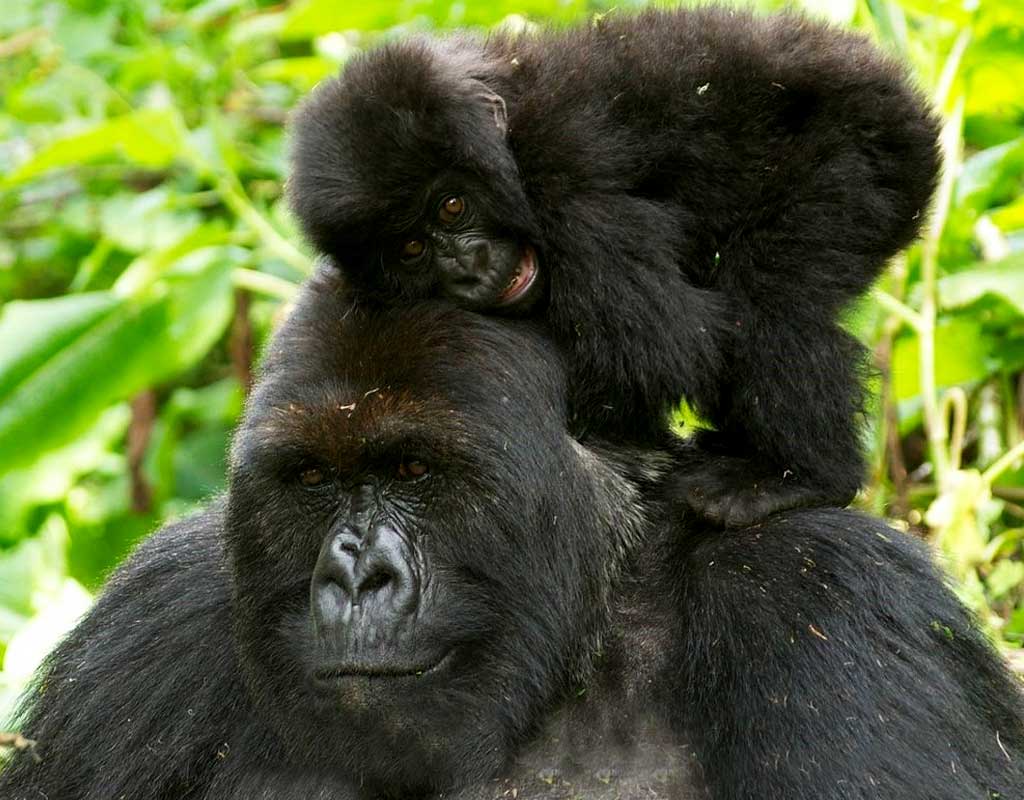 Volcanoes National Park in northwestern Rwanda is an Afromontane ecosystem that is composed of flora and fauna adapted to cooler temperatures and higher altitudes. Spanning a land area of about 160 square kilometers, Virunga volcanoes are composed of 5 out of the 8 volcanoes in the Virunga mountains including Karisimbi, Mgahinga, Bisoke, Sabinyo and Muhavura. The main tourist attraction is the endangered mountain gorilla.
Volcanoes National Park in northwestern Rwanda is an Afromontane ecosystem that is composed of flora and fauna adapted to cooler temperatures and higher altitudes. Spanning a land area of about 160 square kilometers, Virunga volcanoes are composed of 5 out of the 8 volcanoes in the Virunga mountains including Karisimbi, Mgahinga, Bisoke, Sabinyo and Muhavura. The main tourist attraction is the endangered mountain gorilla.
Other fauna include monkeys, baboons, bush elephants, bush buffaloes, golden monkeys, giant forest hogs, and duikers among others. There are a variety of colorful bird species, including numerous Albertine rift endemics. These birds include the Rwenzori turacos, Rwenzori batis, and double-collared sunbirds among others. Visitors to Volcanoes National Park can enjoy activities such as gorilla tracking, golden monkey tracking, birding, Batwa tour experiences, forest walks, and exploring flora.
Lake Kivu
Lake Kivu in western Rwanda is the country’s largest lake covering a total land surface of approximately 2,700 square kilometers. Situated only an hour on the road from Volcanoes National Park, this is an ideal destination for much-needed relaxation after the thrilling gorilla-tracking expedition. Besides, there are plenty of tourist activities visitors can enjoy while in this enchanting place. These include cycling, kayaking, boat rides, Island tours, swimming, and sport fishing among others.
With over 400 bird species, including the Albertine endemics, birders can enjoy visiting Lake Kivu for birdwatching tours. Birds include African grey parrots, pied kingfishers, African pygmy geese, and bronze sunbirds among others.
Nyungwe Forest National Park
Nyungwe Forest National Park spans about 1,019 square kilometers in size and is situated in southwestern Rwanda. Nyungwe is composed of a diversity of landscapes flora and fauna in its tropical rainforest ecosystem. There are 13 primate species in Nyungwe, including chimpanzees, L’hoest’s monkeys, grey-cheeked mangabeys, blue monkeys, owl-faced monkeys, and others.
There are at least 200 bird species, including numerous Albertine Rift endemics. These include Rwenzori turacos, Denham’s bustard, handsome spurfowls, and great blue turacos among others. The chief tourist attractions include chimpanzee tracking, canopy walks, birdwatching, and forest walks among others.
Akagera National Park
 This park is located in eastern Rwanda spans at least 433 square miles and is composed of diverse sceneries and abundant biodiversity. In this lovely ecosystem, visitors can explore vast savannahs, woodlands, swamps, and the Ihema lake. These unique habitats are home to various terrestrial and aquatic wildlife.
This park is located in eastern Rwanda spans at least 433 square miles and is composed of diverse sceneries and abundant biodiversity. In this lovely ecosystem, visitors can explore vast savannahs, woodlands, swamps, and the Ihema lake. These unique habitats are home to various terrestrial and aquatic wildlife.
These include the Big Five game of lions, leopards, rhinos, elephants, and buffaloes. Other mammals comprise zebras, giraffes, impalas, topi, reedbucks, duikers, and oribi among others. There are also around 480 bird species, including blue-headed coucal, Denham’s bustard, shoebill stork, and marabou storks among others. Visitors can enjoy a variety of tourist activities including game drives, birding, landscape viewing, boat safaris, and nature walks among others.
Other premier destinations in Rwanda include Kigali city where visitors can explore the Kigali Genocide Memorial, the Kimironko Market, and Inema Arts Center among others.
Climate and travel seasons in Rwanda
Rwanda is situated within the tropics and thus experiences a tropical temperate type of climate. This type of climate has 2 distinct seasons, the wet season and the dry season. The latter season is experienced in the months of June to September and December to February. These months are considered the best for travelers to explore Rwanda for outdoor tour activities like gorilla tracking, golden monkey tracking, chimp tracking, and game viewing. The weather in the dry seasons is characterized by sunny and warm conditions. The trails and access roads are usually dry to facilitate navigation.
On the other hand, the rainy season in Rwanda is characterized by heavy rains and relatively cooler temperature patterns. The wet conditions cause lush vegetation to cover the national parks to attract a variety of bird species, both resident and migratory. This is experienced during the months of October to November and also from March to May. Birdwatching, photography, and landscape viewing are the best tourist activities to conduct during the rainy season. This season is also the low tourism season since access roads and trails are often muddy and unnavigable.

